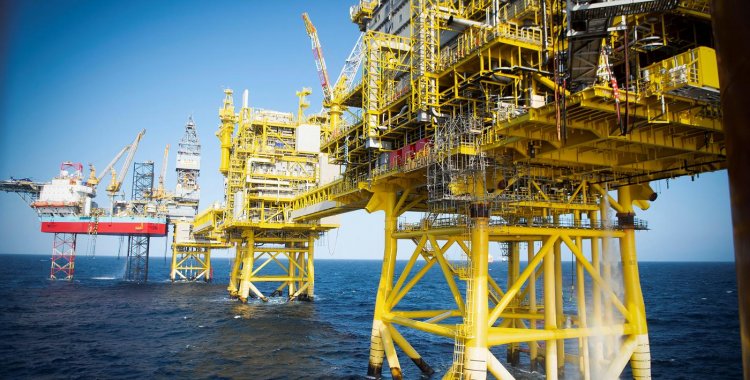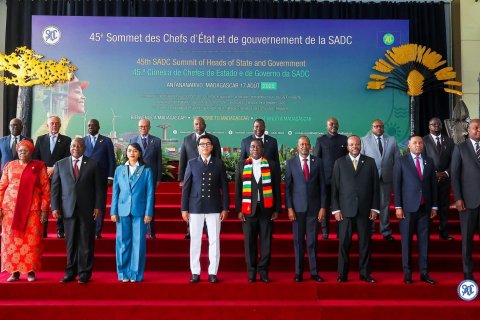The 2.33 percent increase, which represents an increase of 2.32 million barrels per day in consumption over last year's average of 99.55 million barrels per day, is 100,000 barrels per day or 0.1 per day. percent higher than estimated a month ago, OPEC said in its monthly report.
The upward revision is mainly attributed to China's economic recovery, which in turn would improve prospects in other regions.
The new forecasts are based on improved estimates of world economic growth both in 2022, now at 3.1 percent, and in 2023, at 2.6 percent.
Transport fuels will be the main drivers of oil demand, with annual increases of around 1.1 million barrels per day for gasoline and diesel to levels "well above pre-pandemic".
"The key to growth in oil demand in 2023 will be China's return" after lifting the mobility restrictions it had imposed in the "zero covid" policy to contain the pandemic, "and the effect this will have on the country, in the region and in the world", explain the experts of the organization based in Vienna.
They admit, however, that there is some "concern about the depth and pace of economic recovery" in China and that "much will depend on how the (Chinese) Government manages to maintain the delicate balance between combating the contagions of covid-19 and opening to business".
There are also other "concerns" that add uncertainty, such as high inflation rates, monetary policies, sovereign debt levels and geopolitical tensions, such as the Russian invasion of Ukraine.
To face "this considerable challenge", OPEC considers it "important" to maintain the cut in supply of two million barrels per day agreed with Russia and other allies in October, which came into force in November.
The 13 OPEC partners injected a total of 28.87 million barrels per day of oil in January, 490,000 less barrels per day than in December, according to figures published in the report based on "secondary sources", i.e. , estimates from independent institutes.
The countries that most reduced their production were Saudi Arabia, by 157,000 barrels per day, Iraq (46,000 barrels per day) and Iran (22,000 barrels per day), while Angola, Kuwait and Venezuela increased extraction (by 47,000 , 45,000 and 20,000 barrels per day, respectively).
Outside OPEC, supply will increase by 2.35 percent compared to 2022, to a total of 67.16 million barrels per day, 0.15 percent less than the figure calculated in December.
The organization estimates that Russia, affected by the severe sanctions imposed by its aggression against Ukraine, which include a European Union embargo on crude oil imports, will see its oil production fall 8.17% this year, to 10.13 million of barrels per day.
On the other hand, the United States will see its extractions increase and will extract 20.14 million barrels per day, 5.8% more than in 2022, predicts the report.







